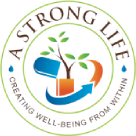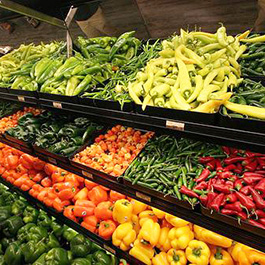Even if organic foods may not be as nutritional, tastier, safer or healthier; as many of us have grown accustomed to thinking, don’t write them off just yet. They still mean a great deal to the environment and for future generations. Besides, it seems unfair to judge organic crops for failing to do something they never claimed to be capable of doing in the first place. They’re simply the victims of our projections and naiveté.
So, whether you go totally organic or opt to mix conventional and organic foods, be sure to keep these tips in mind:
- Select a variety of foods from a variety of sources. This will give you a better mix of nutrients and reduce your likelihood of exposure to a single pesticide.
- Buy fruits and vegetables locally when in season. To get the freshest produce, ask your grocer what day new produce arrives. Or buy produce from your local farmers market.
- Read food labels carefully. Just because a product says it’s organic or contains organic ingredients doesn’t necessarily mean it’s a healthier alternative. Some organic products may still be high in sugar, salt, fat or calories.
- Wash and scrub fresh fruits and vegetables thoroughly under running water. Washing helps remove dirt, bacteria and traces of chemicals from the surface of fruits and vegetables. Not all pesticide residues can be removed by washing, though. You can also peel fruits and vegetables, but peeling can mean losing some fiber and nutrients.
- 5. If you think your organic brand is a cute little artisan line, think again. The majority of organic brands you see in the grocery aisle are owned by giant corporations. Bear Naked? Kashi? Morningstar Farms? owned by Kellogg. Naked juice? Pepsi. Odwalla? Coca Cola. LaraBar? Cascadian Farm? General Mills. And the latest is the acquisition of Bolthouse Farms by Campbell Soup Company for over $1.5 billion. (Look up your favorite brands here.)

